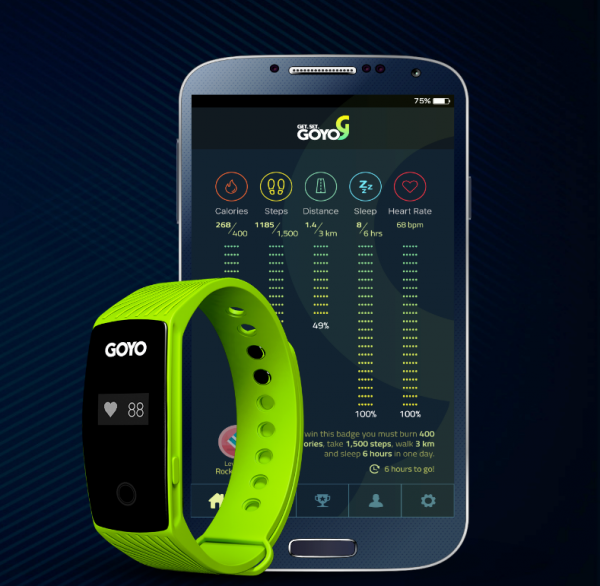
We now stream more video over the internet than ever before, and the numbers are only going to keep increasing.
In 2015, more than 70% of internet traffic during peak hours accounted for video and music streaming. Technology giant Cisco predicts that by 2020, video will make up 82% of all consumer internet traffic. That’s a lot of video. To put it in numbers, that would be a million minutes of video content crossing the network per second.
These numbers aren’t just because of video streaming sites like YouTube and Netflix, either. Even behind the walls of social networks like Facebook, video is taking over. Zuckerberg predicts that by 2018, 90% of the site’s content will be video.
With most of the internet turning over to video and most of our consumption habits focusing on streaming content, the biggest question on everyone’s mind is whether existing networks can handle the load. Afterall, no one wants to spend half their time waiting for videos to buffer.
In general, much of the video content on the internet is hosted in server farms located in the West, or at least in regions far away from Sri Lanka. For data to travel to and from these geographically distant servers takes time. The further it is, the longer it takes for the data to travel, which means that over time, with inevitable network congestion, watching video online can be a very slow process.
A Network Built For Video
In light of the growing shift towards audio and video content, Dialog has been making significant infrastructure investments in Sri Lanka to speed up internet connectivity and to improve access to video. Part of this is through the Bay of Bengal Gateway (BBG)—an ultra high capacity, fibre optic submarine cable that connects Sri Lanka to a cable network that spans South East Asia, the Indian subcontinent and the Middle East. The cable network provides Sri Lanka with higher broadband speeds and much more efficient connectivity. Video is also being cached locally, which means much faster loading times for all sites in general.
With Dialog locally caching videos, there is no need for data to travel such a distance, making for lower latency and much faster load times. Now, everyone can browse YouTube much faster as there is no need for the videos to buffer. Videos on Facebook also load much faster and, because most Facebook content is video, that makes for a much better experience.
Dialog has been working towards having the best network for video consumption, through their investments in hardware, infrastructure and content networks. The telecom giant is taking the lead in video streaming in the country, building a library of content, and serving millions of minutes of video as well as dialog only productions.
They also have a video platform called ViU, which is a hub for entertainment, edutainment and sport, as well as for iFlix―a Netflix alternative for the region.
Customer Experience
All this investment in infrastructure means a much better customer experience for those on the Dialog network. Users get near instant access to video, and have a much better and more efficient internet experience. Better speeds also mean cheaper internet costs for time-based packages.
When compared regionally, Sri Lanka has much better internet connectivity than most of its neighbours. On average, according to Akamai’s State of the Internet Report, Sri Lanka has an internet connection speed of 7.3 Mbps across the country, which is much higher than that of its neighbours. India has average speeds of 5.5 Mbps, and Bangladesh clocks in at 4.2 Mbps. India is known for having poor broadband speeds, especially in the daytime. In Sri Lanka, however, the Telecommunications Regulatory Commission of Sri Lanka regularly clocks in Dialog Fixed 4G at over 20 Mbps, keeping average internet speeds high even during peak daytime access hours.
Sri Lanka is known for having some of the best internet speeds in the region and the best mobile internet coverage, thanks in part to Dialog’s continued efforts to drive infrastructure and network growth, keeping Sri Lanka ahead of the technological curve.








